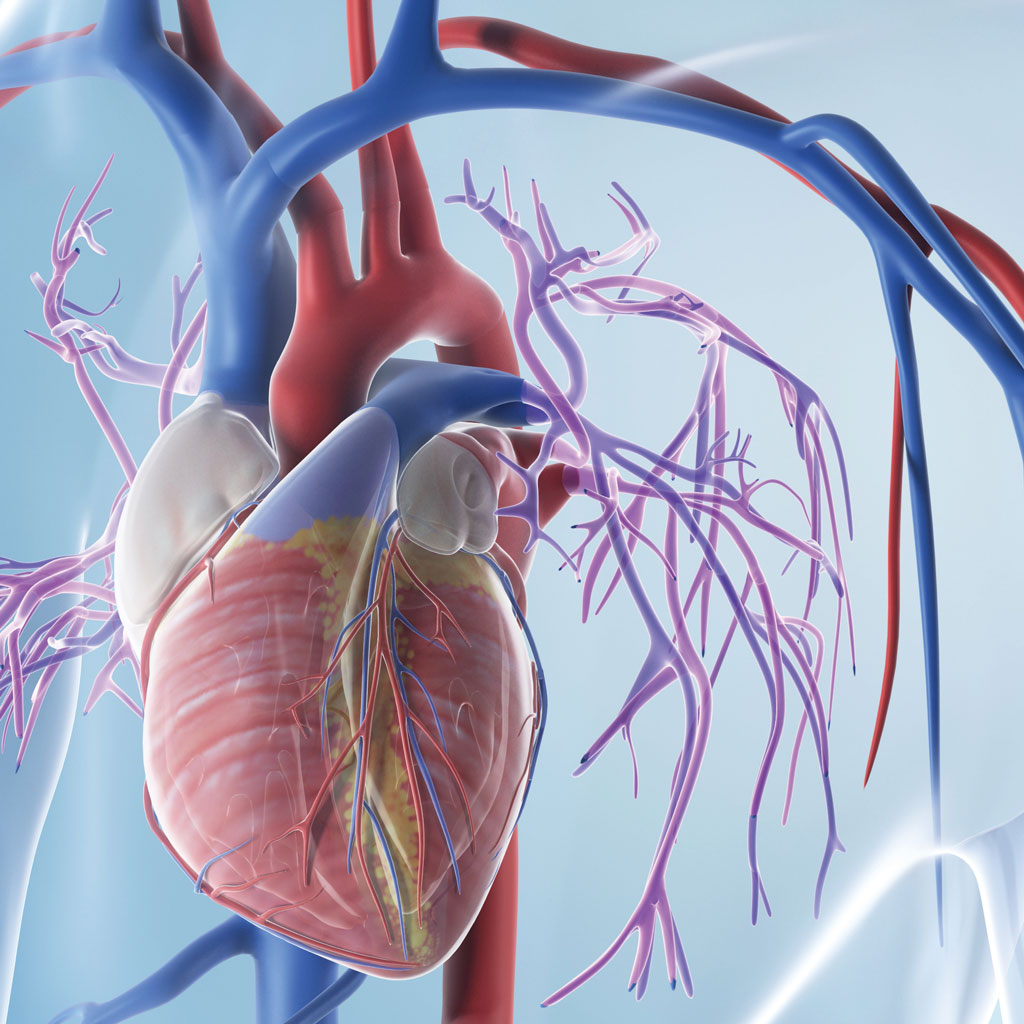The Ins and Outs of IVC Filters
IVC stands for inferior vena cava which is the vein that returns blood from your legs back to the heart and lungs. If blood clots are found in the legs, an IVC filter may be placed to prevent the clots from traveling through your bloodstream resulting in serious injuries. We often recommend an IVC filter when medications or other means aren’t effective at breaking up the blood clots.
How does it work?
The IVC filter has a cage-like structure that allows blood to flow through but prevents the blood clots from going through. IVC filters help prevent pulmonary embolisms from occurring. Pulmonary embolisms are a dangerous condition where a blood clot reaches the lungs, resulting in leg and chest pain, shortness of breath, and dizziness. If left untreated it can lead to many serious complications such as cardiac arrest.
Placement and Removal
IVC filters are inserted through the groin or neck using a catheter to guide it up to the inferior vena cava. When it reaches the intended area, the filter is then placed and it expands to fit the vein. Catheters are also used to remove IVC filters, where it is collapsed and removed from the vein.
At Memphis Vascular Center, we recommend removing the filter when the risk of blood clots is lower. IVC filters are safe and effective at keeping you safe from the dangers of a pulmonary embolism but should not be used as a permanent solution. You can read more about IVC filters and our services here.
References
John Hopkins Medicine. Inferior Vena Cava (IVC) Filter Placement. Retrieved on March 17, 2024, from https://www.hopkinsmedicine.org/health/treatment-tests-and-therapies/inferior-vena-cava-ivc-filter-placement
Saint Luke’s. Understanding Inferior Vena Cava (IVC) Filter Placement. Retrieved on March 17, 2024, from https://www.saintlukeskc.org/health-library/understanding-inferior-vena-cava-ivc-filter-placement

